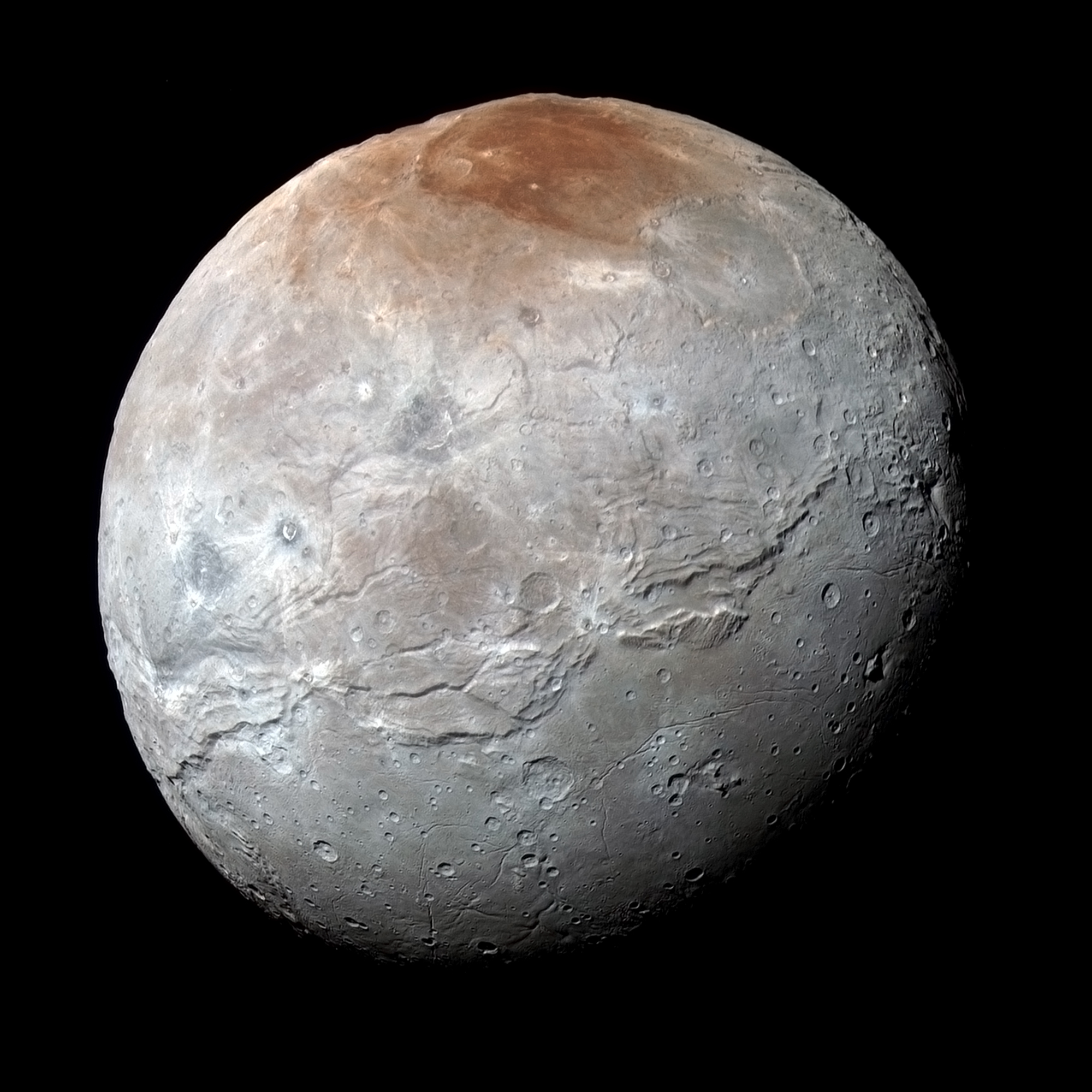this post was submitted on 19 Jul 2023
175 points (99.4% liked)
SpacePics
1184 readers
1 users here now
A community dedicated to sharing high quality images of space and the cosmos
Rules:
-
Include some context in the title (such as the name of the astronomical object or location where it was photographed)
-
Only images, pictures, collages, albums, and gifs are allowed. Please link images from high quality sources (Imgur, NASA, ESA, Flickr, 500px , etc.) Videos, interactive images/websites, memes, and articles are not allowed
-
Only submit images related to space. This may include pictures of space, artwork of space, photoshopped images of space, simulations, artist's depictions, satellite images of Earth, or other related images
-
Be civil to one another
founded 2 years ago
MODERATORS
you are viewing a single comment's thread
view the rest of the comments
view the rest of the comments

It's so amazing that we have this picture at all. If we had done anything other than a high speed flyby, it would have taken literally decades (46.5 years) to insert something into Pluto's orbit using traditional Hohman transfers. Yeeting a camera at it in only a few years is insane.
For real! Pluto was always this little blob growing up, then it had a fuzzy heart, and then to be able to see it with as much resolution as we did is amazing. It's a curious and beautiful little dwarf